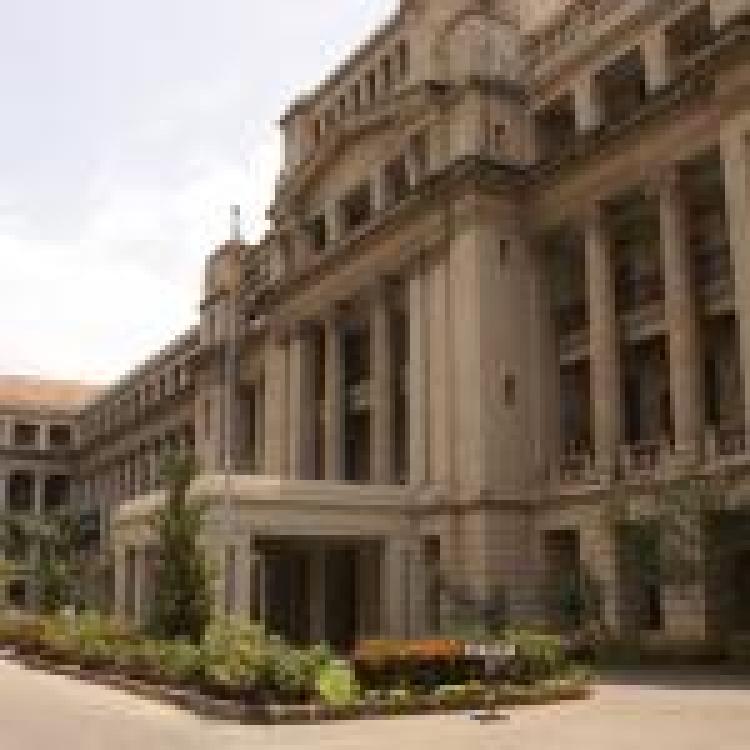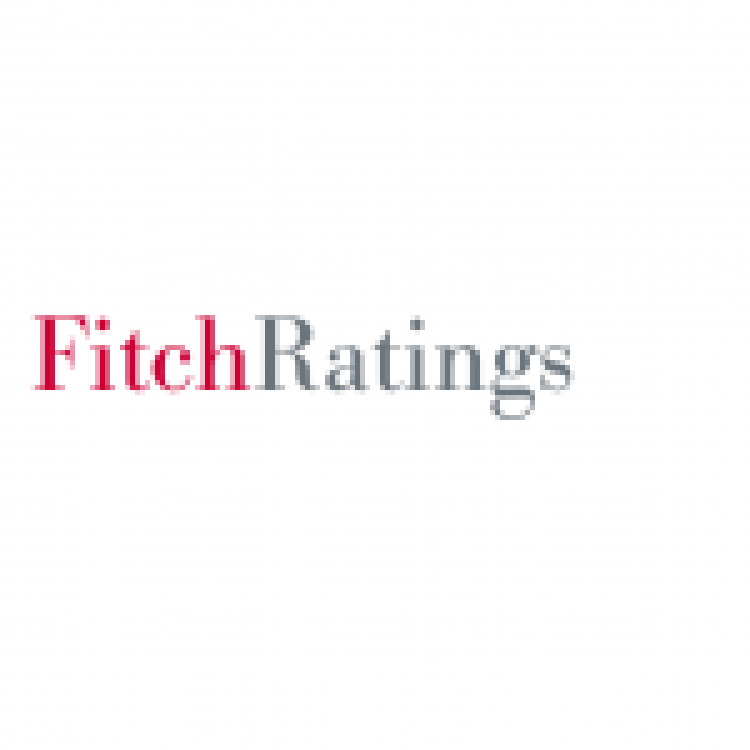![]()
China has approved a 10 billion yuan ( US$1.54 billion) currency swap deal with Sri Lanka, amidst Colombo's rising debt levels and dwindling foreign reserves.
The deal would allow Sri Lanka to address “present difficulties”, the State Minister of Money and Capital Market and State Enterprise Reforms, Ajith Nivard Cabraal said. The announcement follows contested reports of negotiations breaking down for another IMF credit facility last year due to Sri Lanka’s obligations on “debt sustainability” not being met.
Last year the Reserve Bank of India (RBI) signed an agreement extending a US$400 million currency swap with Sri Lanka, which was settled in February 2021, following a 3-Month extension. A further extension would have required Sri Lanka to have successfully negotiated a staff-level agreement for an IMF programme, which Sri Lanka does not have at present.
The announcement of the Chinese currency swap comes following a tumultuous year for the economy which has been impacted by the pandemic and rising debt repayments. A number of credit rating agencies have downgraded Sri Lanka’s Sovereign credit score. Standard and Poor (S&P) downgraded Sri Lanka’s credit rating to CCC+/C from B-/B, Moody’s downgraded Sri Lanka’s rating by two notches from B2 (high credit risk) to Caaa1 (very high credit risk) as they expected the “governments liquidity and external risks to intensify” as external debt repayments amount to approximately US $4 billion annually between 2020 and 2025. In addition to this Flitch ratings downgraded Sri Lanka’s Long-Term Foreign-Currency Issuer Default Rating (IDR) to CCC from B, citing a rising debt to GDP ratio with baseline estimates predicting a scenario of a rise to 116% in 2024. The government has denounced the downgrading of these credit ratings as being based on "ill-informed models".
The conservative estimates by Flitch Ratings which estimates the debt to GDP ratio to be 100% in 2020 are in stark contrast to the Sri Lankan government's medium-term fiscal strategy, which envisions a reduction in debt to GDP ratio to 75.5% by 2025. The government forecasts a pick-up in revenues to 14.2% of GDP by 2025, up from their estimates of 9.5% in 2020 and project a primary surplus by 2025. Flitch Ratings state their baseline projections are based on more conservative and “realistic” assumptions for economic growth stating that Sri Lanka lacks a track record of sustained primary surpluses and its revenue-to-GDP ratio has stayed low compounded by weak GDP growth (averaging 3.7% in 2015-2019).
Read more at Reuters.







